Flight-Dynamics Model (and Miscellaneous Flying)


|
|
When I transitioned to the Schweizer 300C, I found out it's absolutely true that the R22 prepares you for anything. Just for "fun" on my very first transition/insurance check flight, I redid all the maneuvers on the entire FAA flight test to passing standards. This bird is so much more stable. This video isn't me or mine, but it's the same helicopter out of Falcon Field, Arizona. Loads of fun to hover among the saguaro cactus and fly the Salt River Canyon.
|
|
|
|
For someone who can't dance, it's odd how much I enjoy the endless dance to avoid death and destruction involving both feet, both hands, and the wrist (not to mention everything else that's going on). There's something indescribably magical about being able to balance drunk in the dark on a greased beach ball with one foot while juggling chainsaws and being shot at.
|
|
|
|
Part of my research into machine learning of helicopter flight dynamics is to learn how people learn how to do this. It's a strange transition from not being able to do it to being able to do it. We're so preoccupied during the process, and it's so difficult to articulate what's going on, that nobody can really explain how it works. An instructor joke is "if you want to learn how to hover, keep giving me more money" because it's a function of time. It's really easy to describe, but oh so difficult to actually do, let alone well.
|
|
This great quote from Harry Reasoner sums it up:
|
|
The thing is, helicopters are different from planes. An airplane by its nature wants to fly, and if not interfered with too strongly by unusual events or by a deliberately incompetent pilot, it will fly. A helicopter does not want to fly. It is maintained in the air by a variety of forces and controls working in opposition to each other, and if there is any disturbance in this delicate balance the helicopter stops flying; immediately and disastrously. There is no such thing as a gliding helicopter.
|
|
This is why being a helicopter pilot is so different from being an airplane pilot, and why in generality, airplane pilots are open, clear-eyed, buoyant extroverts and helicopter pilots are brooding introspective anticipators of trouble. They know if something bad has not happened it is about to.
|
|
Jay has confidence in me. although he says he'll just fly out if things go bad since the doors are usually not attached.
|
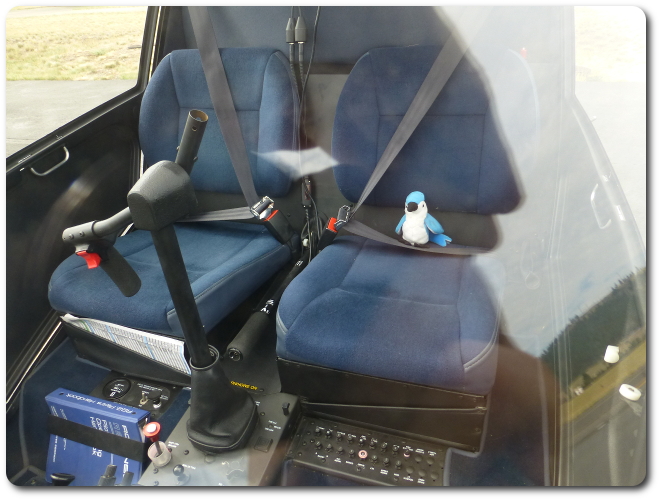
|
|
There's barely enough room for both of us. And yes, that's a shirt from a 1999 New Mexico balloon rally, which is yet another side my aviation life.
|
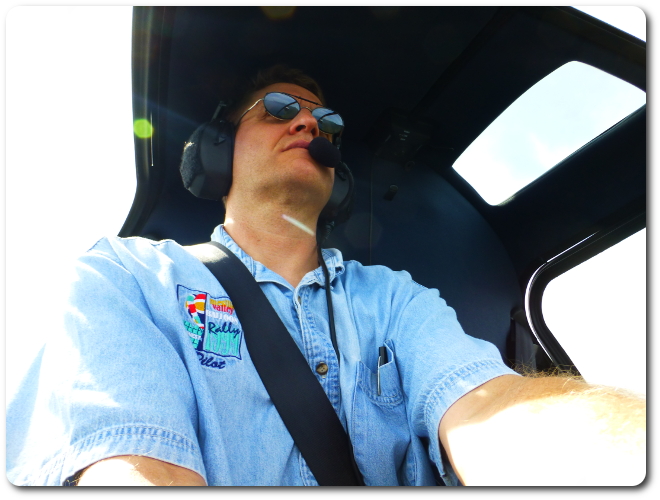
|
|
Lake Coeur d'Alene on a quick trip over to St. Maries, Idaho ("B" on the map below). I'd like to claim these two pictures are mine, but most of them from inside the cockpit are pretty washed out and loaded with reflections. Plus I'm rather preoccupied.
|

|
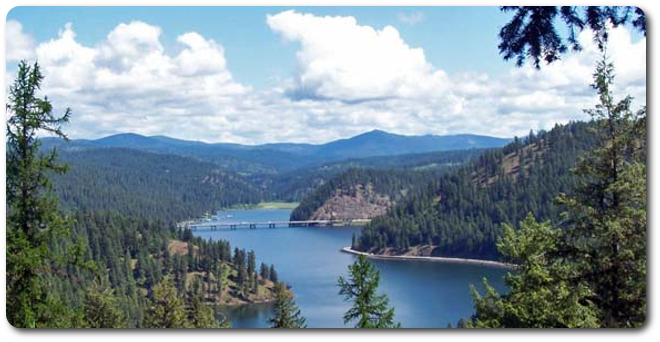
|
|
This one is mine, over Lake Pend Oreille heading to Sandpoint, Idaho ("A" below).
|
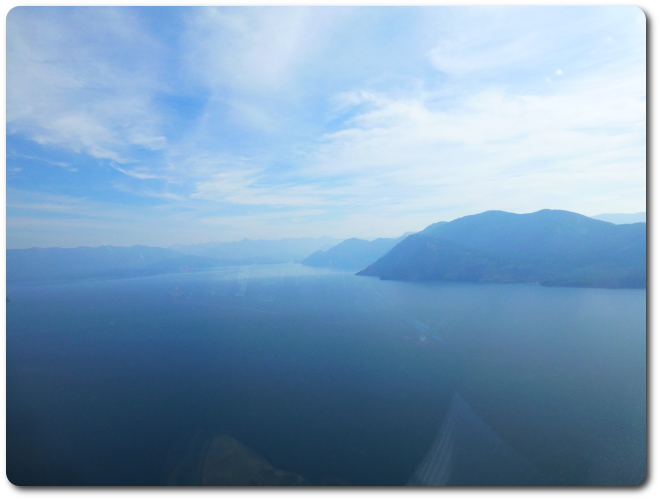
|
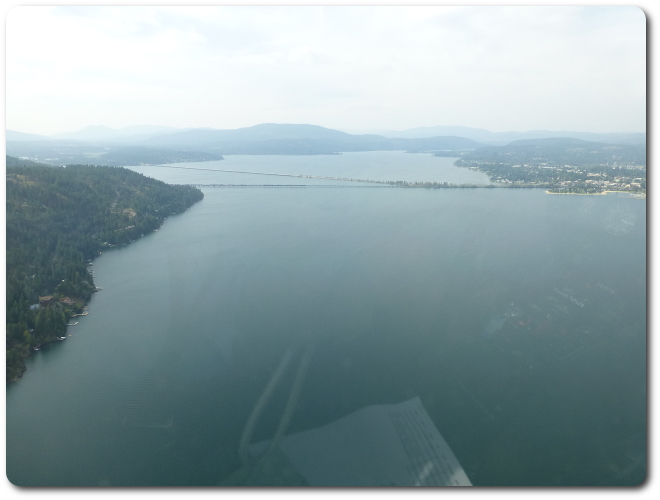
|
|
Always the, ah, respectful son, I just had to make my paranoid mom worry about this flight (approaching Sandpoint here). As if helicopters weren't dangerous enough already.
|
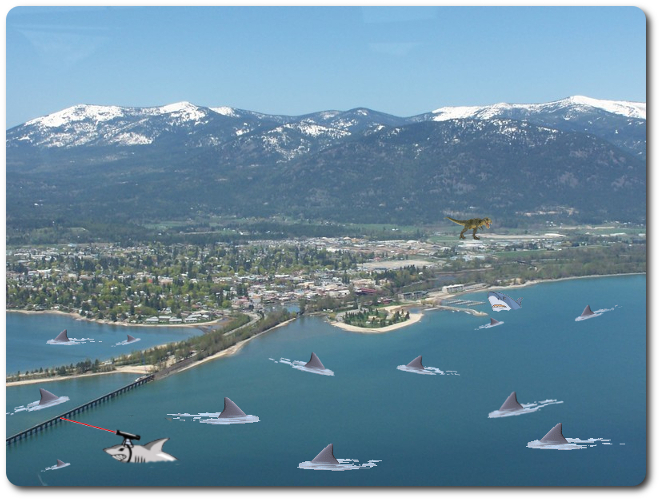
|
|
The GPS track wasn't set to high resolution, but at this scale, it's representative of the flight.
|

|

|
|
Where this really breaks down for formal data collection is at this level. The jagged red tracks are the best estimate based on the limited position samples that were recorded. The blue track I added is roughly what actually happened.
|

|


|
© 2025 Dan Tappan and Eastern Washington University
— last updated 9 Apr 2025 15:44